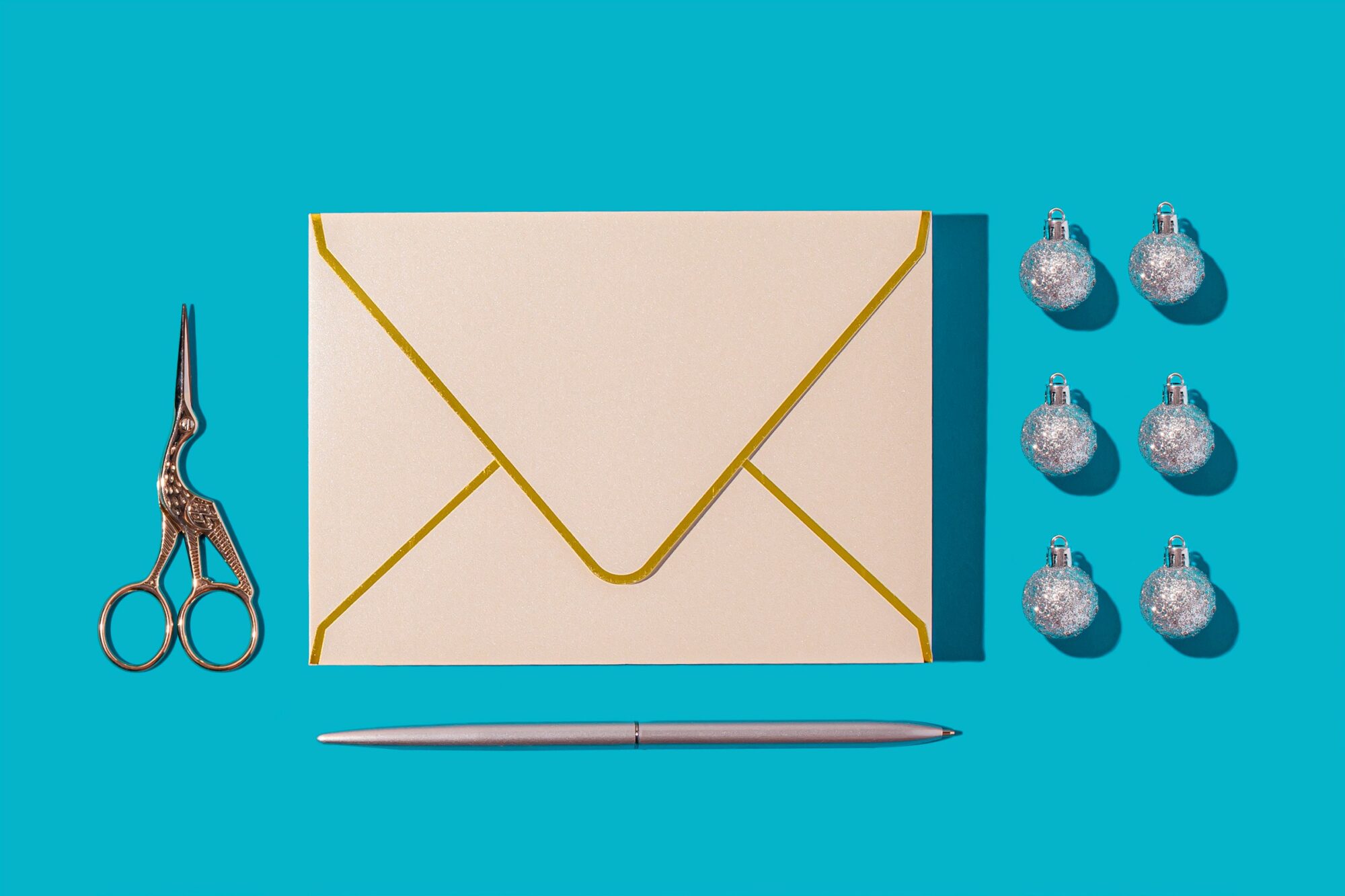Every email you send is an extension of your brand. Whether you’re an IT specialist replying to a client, a startup founder reaching out to investors, or a freelancer pitching your service—your email signature is part of your identity. It’s often overlooked, but the right signature can instantly elevate how people perceive your professionalism, credibility, and attention to detail.
In this article, we’ll show you how to create a smart email signature that not only looks good but works hard for your brand.
Why your email signature is more important than you think
You probably don’t overthink your email signature. But here’s why you should: it’s one of the few digital brand assetsthat appears in nearly every professional exchange. It follows every message you send—and often becomes your first (and lasting) impression.
A smart email signature:
- Builds instant credibility
- Establishes brand consistency
- Encourages trust and recognition
- Helps drive engagement through links or CTAs
It’s like your virtual business card—except you don’t need to hand it out manually.
The anatomy of a smart, professional signature
A well-crafted email signature combines key information with subtle design to guide attention without distraction. Let’s break down the essential elements and their roles:
| Component | Why it matters |
| Full name | Builds personal connection and accountability |
| Job title | Gives context to your role and authority |
| Company name + logo | Establishes brand recognition and visual identity |
| Contact info | Enables quick follow-up or direct communication |
| Website / portfolio | Reinforces your digital presence and offers next steps |
| Social links | Builds trust and encourages engagement |
| Call to action | Drives clicks—schedule a meeting, download a resource, etc. |
Example:
Sarah Lee
Product Manager | CodeFlow Technologies
📧 sarah.lee@codeflow.dev
📞 +1 (555) 010-7890
🌐 www.codeflow.dev
Let’s connect: [LinkedIn] [GitHub]
→ Book a 15-min intro call
Clean. Clear. Actionable.
Design principles behind a high-trust signature
Just like a landing page or logo, your email signature should follow good design practices to look polished. Here are the essentials:
Visual hierarchy
Put your name and role at the top, followed by supporting info. This mirrors how people scan naturally—top to bottom, bold to light.
Brand consistency
Use your company’s colors, fonts, and logo if applicable. This reinforces identity across all communication.
Spacing and alignment
Use white space and consistent spacing between sections. Misaligned elements instantly look messy or unprofessional.
Color and font use
Limit colors to 1–2 that align with your brand. Use legible fonts at web-safe sizes (12–14px). Don’t mix too many typefaces.
Iconography
Small icons (for phone, email, social) help break up text and guide the eye—just make sure they’re aligned and subtle.
Smart signatures in practice: mini-cases
Let’s look at how different professionals use their signature strategically:
Developer launching an open-source tool
Goals: Build visibility, grow GitHub stars, attract collaboration
Smart move: Add a “See the project” CTA linking to GitHub, include stack icons for context
Startup CEO pitching investors
Goals: Establish authority, reinforce brand, simplify scheduling
Smart move: Logo with a bold link to “View our deck” or “Book a call,” plus a clean, branded footer
IT consultant onboarding clients
Goals: Show reliability, offer points of contact, reinforce niche
Smart move: List direct line, include certifications (e.g., AWS, Microsoft) with icons
Each of these professionals tailors the signature to a real-world goal, not just to fill space.
Mistakes to avoid when creating your signature
Even small missteps can damage your brand perception. Here’s what to steer clear of:
- Too much text: Long quotes, bios, or multiple job titles create clutter
- Inconsistent design: Using random colors or fonts breaks trust fast
- Broken links: Always test your CTA and social links
- Oversized images: Large logos slow down email loading and get flagged
- Missing contact methods: Don’t make people search for your number or site
Pro tip: Check how your signature renders on mobile and dark mode—it should look good everywhere.
How to build your own smart signature in minutes
There are two ways: manual or with a generator. Let’s compare:
| Option | Best for | Tools / Methods |
| Manual HTML | Developers, technical users | Custom HTML in Gmail/Outlook |
| Online generator | Fast, professional results | Signature builders with templates |
Using a signature generator:
Step 1: Choose a template layout
Step 2: Enter your details, upload your logo
Step 3: Add social links and CTA
Step 4: Pick brand colors and preview it
Step 5: Copy the HTML or export to your email client
Within 10 minutes, you’ll have a mobile-optimized, branded signature you can use every day.
Signature strategy for teams and startups
If you run a company, it’s important that every team member uses a standardized signature. This ensures brand consistency and helps external recipients instantly identify your company, regardless of the sender.
| Benefit | Impact |
| Unified visual identity | Stronger brand presence in external communication |
| Better lead attribution | Track which emails drive traffic or conversions |
| Compliance and clarity | Legal disclaimers, role clarity, and updated contact info |
Use centralized tools or shared templates to roll out signatures across Gmail, Outlook, and mobile apps.
Questions and answers
Can a signature really impact trust and perception?
Yes. People notice small details. A smart signature makes you look organized, confident, and legit.
Should I add a photo to my email signature?
Only if it’s professional and consistent across the team. In some contexts (sales, consulting), it can increase trust.
Is it better to include social links or just the website?
Depends on your audience. LinkedIn and GitHub are great for professional visibility. Prioritize relevance.
What’s the ideal length for a signature?
3–6 lines of content plus links. Keep it skimmable.
How often should I update my signature?
At least twice a year—or anytime your role, contact info, or brand assets change.
Looking professional doesn’t require a full rebrand. Sometimes, it’s as simple as making your daily communication smarter. A well-designed email signature is a small but powerful signal: You care about how you show up—and others will too.
This article was prepared by a Turbologo expert.



































